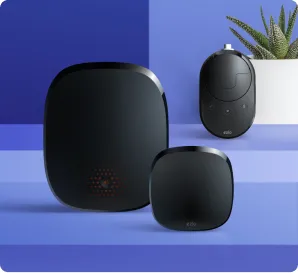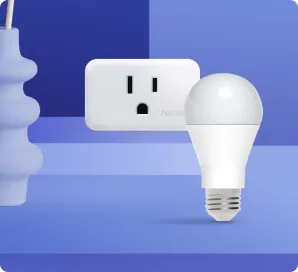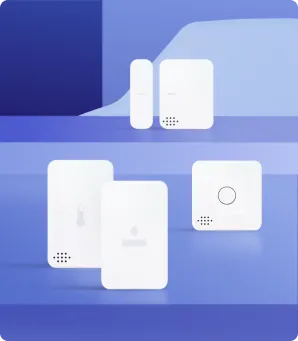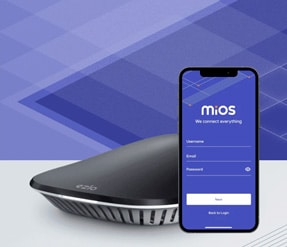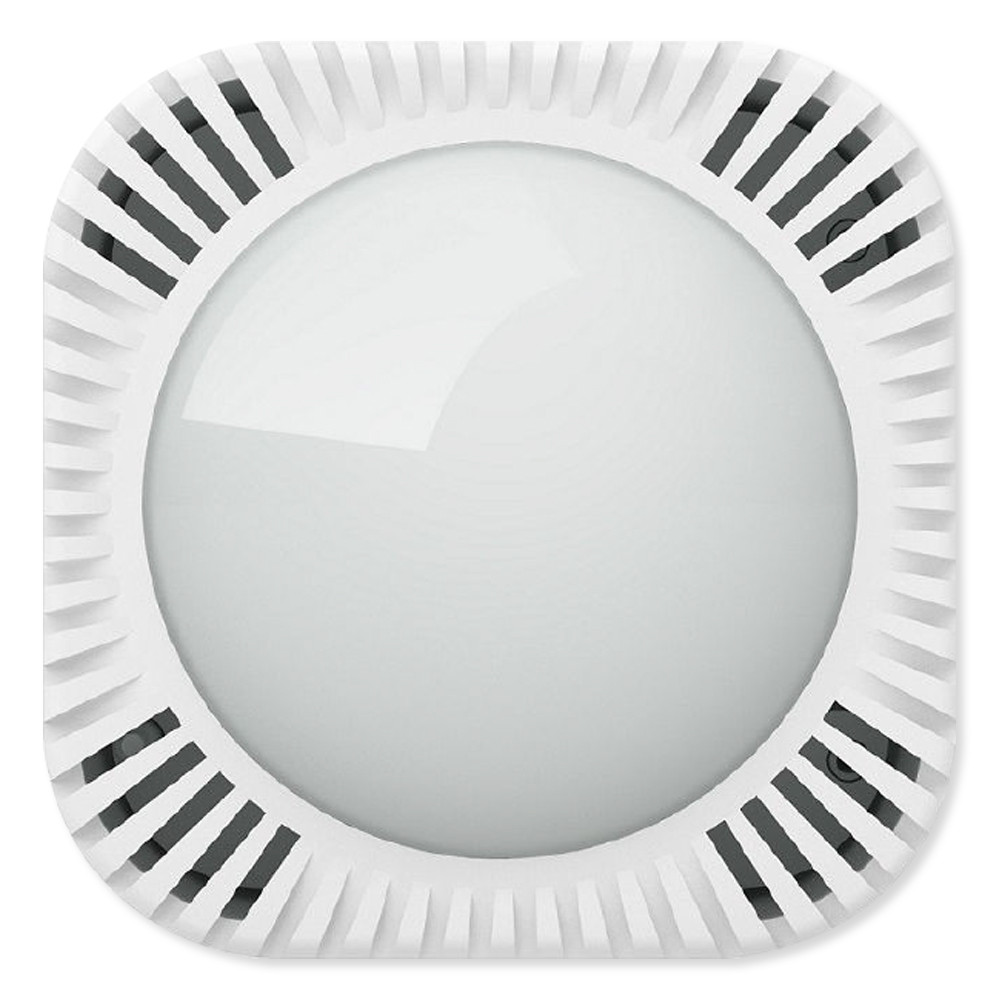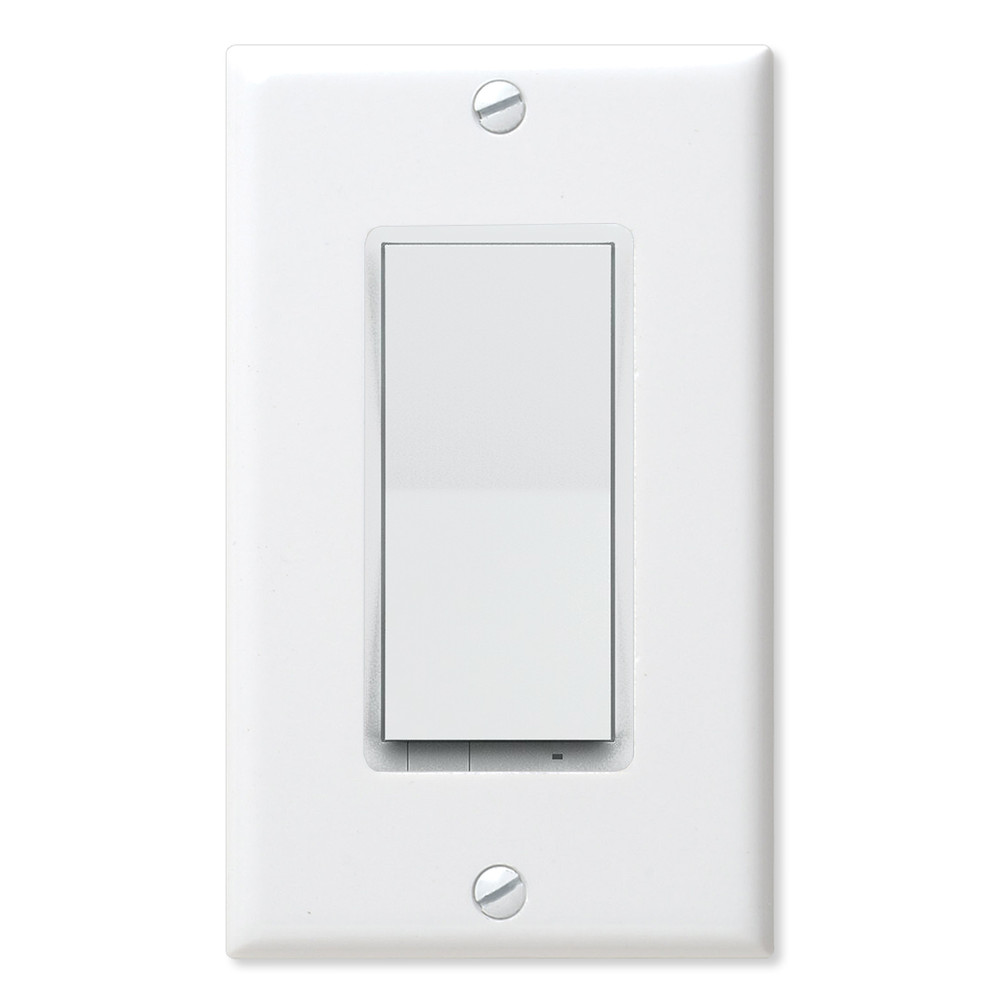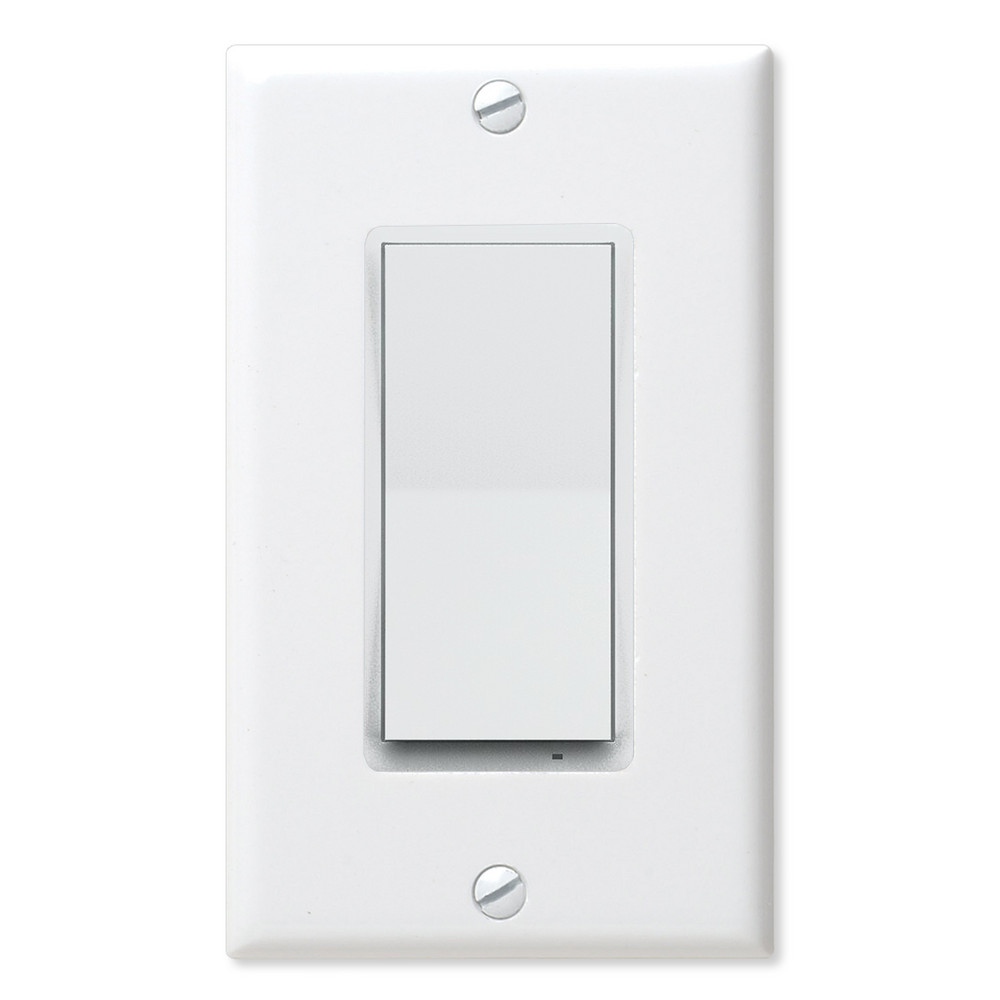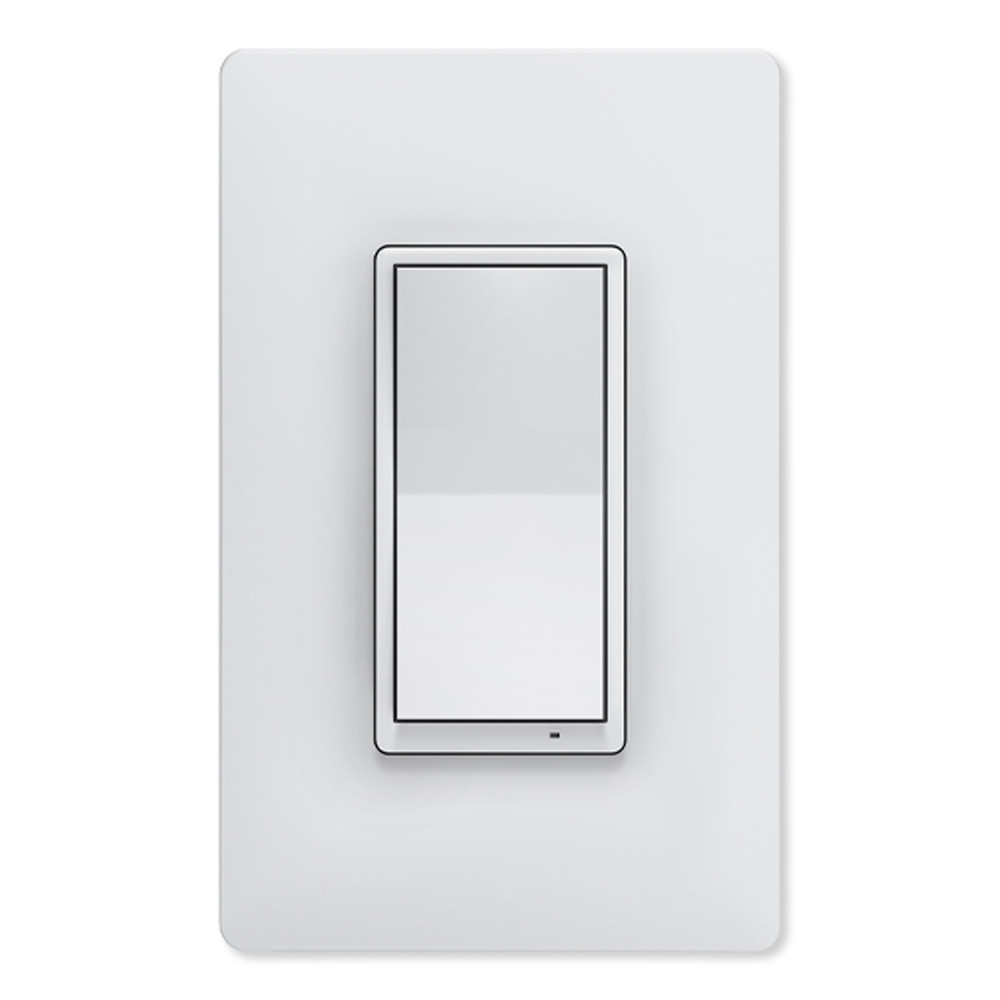Understanding the Role of Z Wave in Home Automation
Z wave is one of the hottest technologies in the smart home circles. Z Wave is a medium through which intelligent devices communicate with one another by connecting sensors security cameras and sharing information so that you can control your home away from home. The technology is instrumental in reliable, convenient, band safe control of your home.
What is Z Wave?
Z Wave contributes a wireless communication protocol for home automation. Z Wave network uses low-energy radio waves that relay between appliances. It provides for control of smart home devices, including smart lights, security camera systems, smart locks, and thermostats.
Essentially, every home automation setup in a home automation system must incorporate Z Wave. Z Wave is the first technology to bring affordable, reliable, and easy-to-use wireless control to every aspect of daily life.
How it Works?
Z wave is a low-power protocol suitable for battery-powered applications in light commercial and domestic homes. In addition, it supports many advanced features, including over-the-air (OTA) updates and security protocols that encrypt data between devices. It also allows for updating the firmware of existing devices with new features and bug fixes.
When you turn on a lamp module or flip a switch on the wall using your remote control, it sends a signal through your Z-Wave controller to your home automation system. The automation system sends that information wirelessly to the Z-Wave device controlling the lamp or switch. The Z-Wave device then repeats this message through its network to other devices, thus extending the range of the signal until it reaches its destination.
Z Wave Benefits
Compatible
Unlike WiFi, a Z Wave device works regardless of what else is going on in your home network and is helpful if your internet service isn’t as reliable.
Long-range connectivity
Z Wave smart home devices communicate with a mesh network, meaning each device can act as a relay for the others. The signal can pass through multiple devices and remain strong and particularly useful for larger homes, where a WiFi signal may not reach every room.
Z-Wave is not subject to unpredictable interference from other networks by working around obstacles such as walls and floors without any performance loss. It saves energy, making it ideal for use in Smart Home applications where devices need to be reliable and operational.
Z Wave is open and allows you complete control
Z-Wave is easy to integrate with your favorite systems and services. For example, it works with most security systems and services, such as Amazon Alexa and Google Assistant. In addition, the Z Wave Alliance consists of hundreds of companies that give you several products and services.
It allows you control over your devices, including:
- security camera systems
- Lighting control
- Garage Door Openers
- Thermostats
- Window and smart door locks
- Swimming pools
It’s battery-friendly
Z wave’s low power requirements make it efficient to automate devices that use batteries, such as locks and thermostats.
Deployability
Z Wave devices are interoperable with one another so that you can control them by any Z Wave-enabled device regardless of the manufacturer. That means you could have a smart door lock from one company that works with a security system from another company or a hub from yet another company.
Z Wave Devices
Devices working on the Z-Wave standard connect and work together, regardless of brand. That means you can start with a single light switch and control it with your smartphone. Then, when you’re ready to expand your smart home, you will do it without worrying about compatibility between different brands of smart devices.
Lights, locks, and thermostats are the most common products to get started with, but there is a constantly growing list of options for every room in your home.
Smart Home Benefits
- Control Your Home from Anywhere
- You Can Reduce Your Energy Bill
- Protection for Your Entire Home or Office
- Improve Overall Security and Safety
Final Take
Z Wave acts as a repeater, relaying signals from other devices to extend the range of the network. Z Wave operates in the sub-1GHz band and transmits data at up to 100kbps with a range of up to 100 meters. In addition, Z Wave devices are interoperable with one another so that you can control them by any Z Wave-enabled device regardless of the manufacturer. That means you could have a smart door lock from one company that works with a security system from another company or a hub from yet another company.

